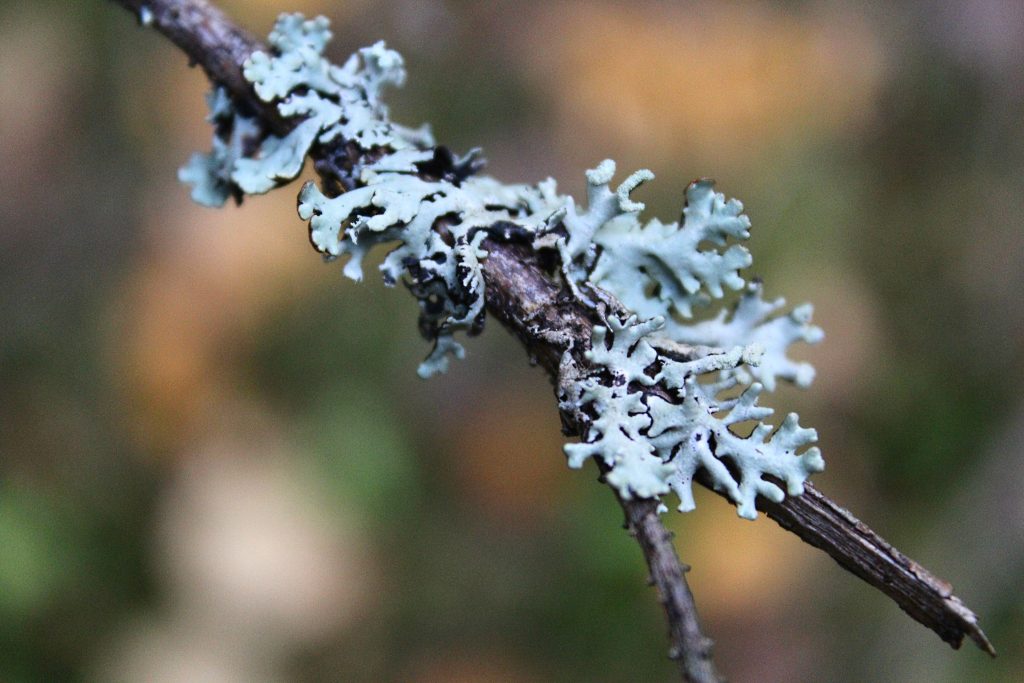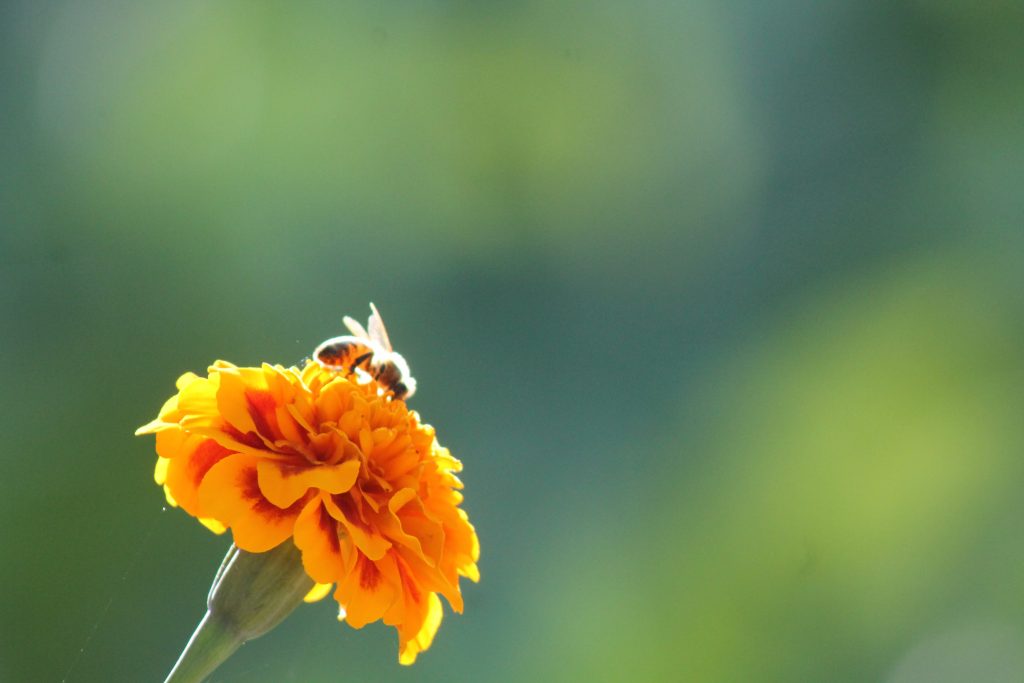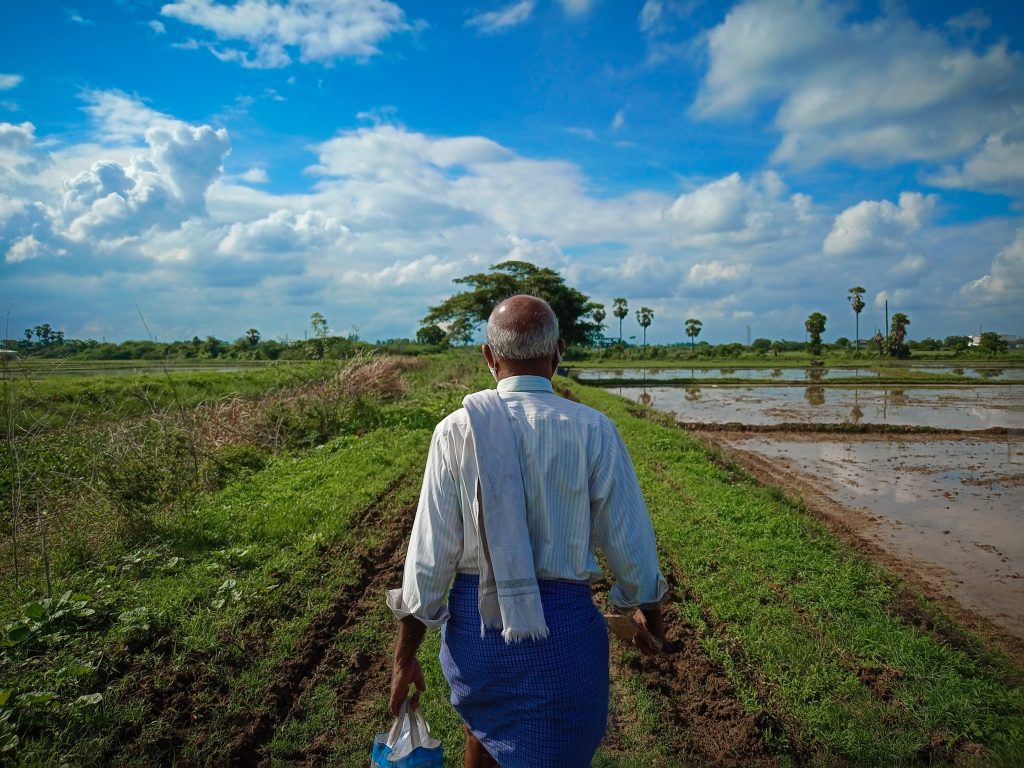Over the last five million years, forests in Europe have reduced in size and changed their composition. As the JRC atlas of European forests shows, the entity and speed of the transformation process had been greatly increasing in the last 5000 years due to anthropic actions.
Nowadays, Estonia’s forests vary between nemoral and boreal. Most of its wooded areas, however, are forests grown for commercial purposes and are dominated by short, clear-cut cycles and mono-species. This leads to a loss of biodiversity and a negative impact on epiphytic species such as lichens.
Lichens are tree-specific species and they have a low potential for dispersal. Therefore, they are particularly vulnerable to habitat fragmentation, whereby a single habitat is disrupted into many smaller ones that are isolated from each other.
Historical heritage in rural landscapes may mitigate this phenomenon. Stand structures, historic manor parks, alleyways, tree lines and old solitary trees represent microhabitats for the lichens and reduce the effect of isolation on epiphyte populations.
Time is a crucial factor to the survival of lichens as they can only grow on mature and old trees. Usually wooded habitats at cultural heritage sites are old enough.
To preserve lichens’ biodiversity it is necessary to enhance tree diversity in the forests and improve the quality of the habitats in the neighbourhood of lichen populations.
Read the full- text paper here.
Liira J.; Suija A.; Jüriado I. Habitat and host specificity of epiphytic lichens in a rural landscape: cultural heritage habitats as refugia. Biodiversity and Conservation 2020, 29, 7. https://doi.org/10.1007/s10531-020-01955-1
Cover photo by Minna Autio on Unsplash



